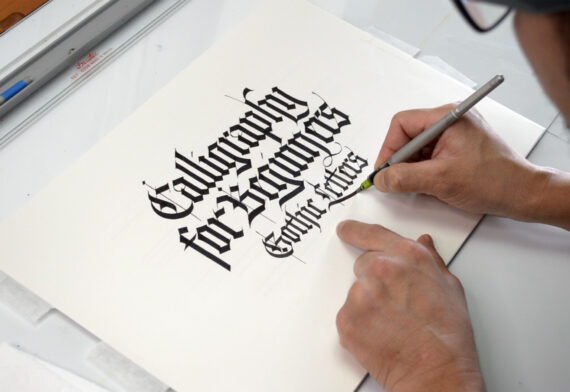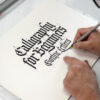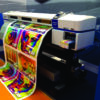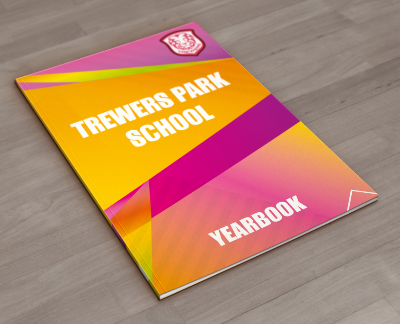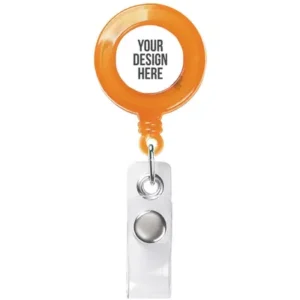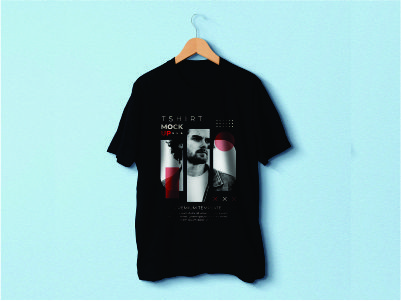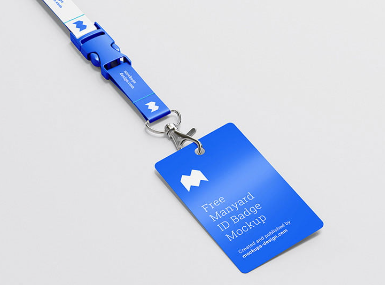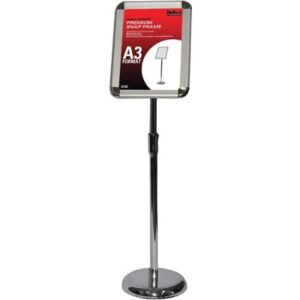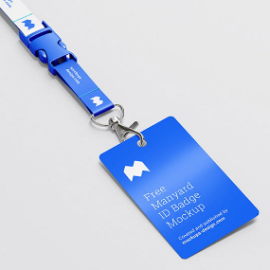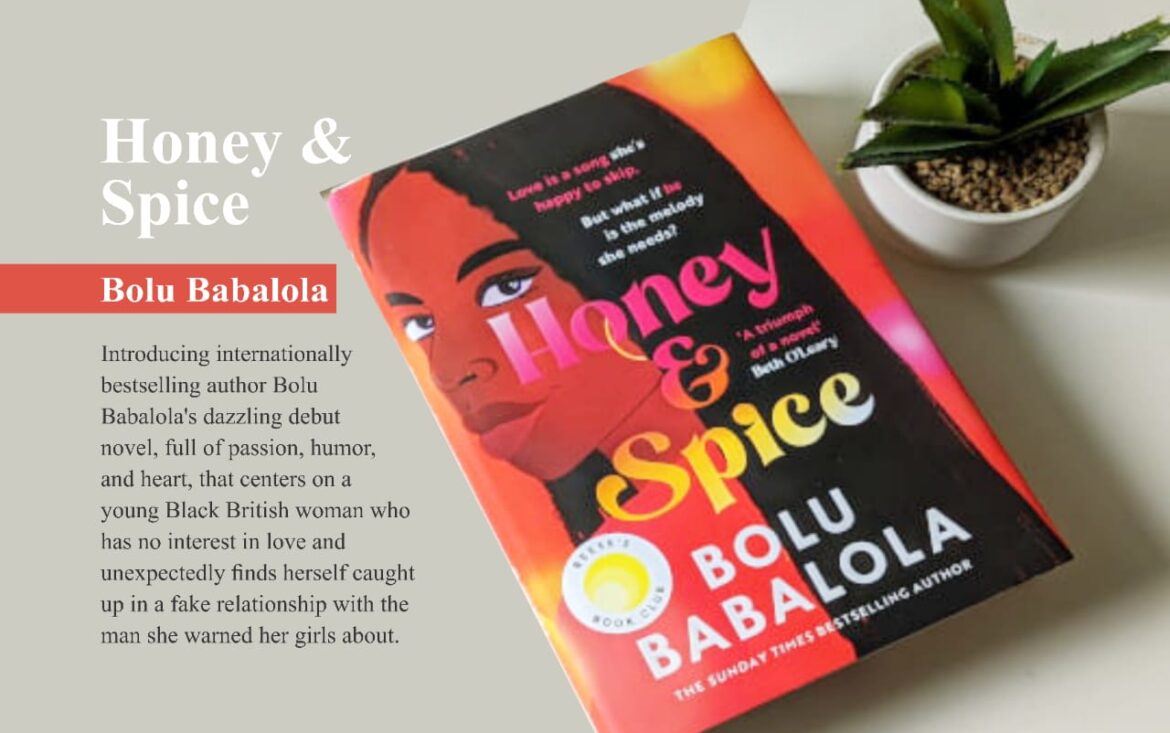
This post highlights how to create outstanding book cover design as a self-publisher or author. As a book printing company in Nigeria with many years of experience in book publishing, we want to educate our customers on how crate elegance and attention grabbing book covers for their work. You can also hire our graphic designers to do the job while you concentrate in writing and editing your book.
Creating an outstanding book cover design is a critical aspect of book publishing, as it serves as the first impression that potential readers have of your work. A well-designed cover can entice readers, convey the essence of the book, and ultimately influence their decision to pick it up. Here’s a comprehensive guide on how to create an exceptional book cover design with ease.
How to Create Outstanding Book Cover Design
1. Understand the Book’s Genre and Audience
The first step in designing an outstanding book cover is understanding the book’s genre and target audience. Different genres have distinct visual cues that readers subconsciously recognize. For example, a romance novel might feature soft colors, elegant fonts, and images of couples, while a thriller might use darker tones, bold typography, and ominous imagery. Identifying these elements will help you create a cover that resonates with the intended audience.
Researching similar books in the same genre is crucial at this stage. Look at bestsellers in your niche and analyze what makes their covers successful. Pay attention to the use of color, imagery, typography, and overall composition. This research will provide inspiration and guide for your design choices, ensuring that your book cover aligns with genre expectations while still standing out.
2. Prioritize Simplicity and Focus
One of the most important principles in book cover design is simplicity. A cluttered or overly complex cover design can confuse potential readers and detract them from the book’s message. Instead, aim for a design that is clean, focused, and easy to understand at a glance.
Start by identifying the key elements that need to be on the cover. This usually includes the title, subtitle (if applicable), author name, and any visual elements that represent the book’s theme or content. Once you’ve identified these components, think about how to arrange them in a way that is visually appealing and draws attention to the most important aspect—typically the title.
Negative space (the empty space around your design elements) is also your friend in this process. It allows the design to “breathe” and ensures that the cover doesn’t feel overcrowded. A well-balanced use of negative space can make the design more elegant and easier to read.
You May Like: Our Expert Print Design Guidelines
3. Choose the Right Typography
Typography plays a crucial role in book cover design. The choice of font can convey a lot about the book’s tone, genre, and target audience. For instance, a whimsical, hand-drawn font might be perfect for a children’s book, while a sleek, modern typeface might be better suited for a contemporary fiction novel.
Also, consider using calligraphy in your book cover design. When selecting fonts, consider the following:
- Legibility: The title and author’s name should be easy to read, even at a distance or in thumbnail size.
- Genre appropriateness: Certain fonts are associated with specific genres. A gothic font might be suitable for horror, while a serif font might be ideal for literary fiction.
- Hierarchy: Establish a visual hierarchy by varying font sizes, weights, and styles. Typically, the title is the most prominent, followed by the author’s name and any additional text.
Avoid using too many fonts—stick to two or three at most. Mixing multiple fonts can create a chaotic appearance and detract from the overall design. Instead, use variations within a single font family (e.g., bold, italic) to create contrast and emphasis.
4. Use Color Strategically
Color is a powerful tool in book cover design. It can evoke emotions, attract attention, and communicate the genre and tone of the book. The right color scheme can make your cover stand out on a crowded bookshelf or online store.
When choosing cover colors, consider:
- Genre conventions: Certain colors are commonly associated with specific genres. For example, black and red are often used in thrillers, while pastels are popular in romance novels.
- Mood and tone: The color palette should reflect the mood of the book. A dark, moody novel might use deep blues, grays, and blacks, while a light-hearted story could incorporate bright, cheerful colors.
- Contrast: High contrast between the background and text ensures that the title and other key elements are readable. If your background is dark, use light-colored text, and vice versa.
Experiment with color combinations to find a palette that works well together and effectively communicates the book’s essence. Our Color Charts can help you explore and create harmonious color schemes.
Learn: How To Choose Best CMYK Colors for Print Design
5. Select and Integrate Imagery Thoughtfully
Imagery is another critical component of book cover design. The image or illustration on your cover should be relevant to the book’s content and intriguing enough to grab the reader’s attention.
“A picture is worth a thousand words” is an adage meaning that complex and sometimes multiple ideas can be conveyed by a single image, which conveys its meaning or essence more effectively than a mere verbal description. Whether you’re using photographs, illustrations, or abstract designs on your cover, the imagery should complement the text and not overwhelm it.
Consider the following when choosing imagery:
- Relevance: The image should be directly related to the book’s theme, story, or characters. A misleading image can confuse potential readers and create false expectations.
- Originality: Avoid clichés and overused stock images. Original illustrations or photographs can help your cover stand out. If you must use stock images, ensure they are high-quality and not overly familiar to readers. Consider hiring experienced illustrator or concept artist to do the job.
- Integration: The imagery should be seamlessly integrated with the text. This means considering how the text and image interact. And avoid placing text over busy areas of the image, as it can become difficult to read. You can also use overlays, blur effects, or other techniques to ensure the text remains legible.
6. Consider the Book Spine and Back Cover
While the front cover is the most visible part of a book, the spine and back cover are equally important, especially for print editions. The spine should also feature the book’s title and author name clearly, as this is what readers see when the book is shelved at home, office or bookshops.
For the back cover, include a brief synopsis or blurb that hooks potential readers without giving away too much of the plot. This is also where you can include endorsements, reviews, and a short author bio. The design of the back cover should be consistent with the front, using the same color scheme, typography, and style.
7. Test Your Design at Different Sizes
With the rise of digital bookstores, your book cover will be seen in a variety of sizes, from full-size in print to thumbnail images online. It’s important to test your design at different scales to ensure it remains effective and legible in all formats, including 3D book cover.
For example, reduce your design to thumbnail size to check if the title is still readable and the key elements are recognizable. If the design loses impact at a smaller size, consider simplifying or adjusting elements to enhance clarity.
Related: 10 Things to Look Out for When Hiring a Printing Company for Your Business
8. Gather Feedback and Refine Your Design
Once you’ve created a draft of your book cover design, gather feedback from others—ideally, people who are familiar with the book’s genre or your target audience. Fresh eyes can spot issues you might have missed and offer valuable insights into how the design is perceived.
Based on the feedback, refine your design. Don’t be afraid to make significant changes if necessary. Remember, our goal is to create a cover that effectively represents your book and appeals to potential readers always.
9. Stay True to the Book’s Essence
Throughout the design process, remember that the cover should reflect the content and essence of the book. While it’s important to create an eye-catching book design, it should also be an honest representation of what the reader can expect from the story.
Consider what the book’s central themes, emotions, or messages are, and strive to convey same through the cover. A well-designed cover not only attracts attention but also sets the right expectations for booklovers and reader.
10. Hire a Professional Cover Designer
If you’re not a professional designer, consider collaborating with an experienced graphic designer to help you. Professional designers have the expertise to bring your vision to life and ensure that all design elements—from typography to imagery—are executed to the highest standard.
Working with a designer also allows you to focus on writing and other aspects of your book production, while they handle the technical and creative aspects of the cover design.
Wrapping up: How to Make Your Book Cover Stand Out
Creating an outstanding book cover design requires a blend of creativity, research, and technical skill. By understanding your genre and audience, prioritizing simplicity, choosing the right typography and colors, and thoughtfully integrating imagery, you can create a cover that not only stands out but also accurately represents your book or storytelling.
Also, don’t forget to consider the spine and back cover, test your design at different sizes, gather feedback from friends and colleagues, and refine your work. Ultimately, a great book cover is one that draws readers in and leaves a lasting impression in their minds, making them eager to explore the story within as ask for more.
We hope this post helped? Thank you for reading. Leave us a comment in the section below. Let us know about the best design techniques that worked for you. Remember to contact us if you need additional help. We’re leading book print and publishing company in Lagos Nigeria.
We offer a broad range of book printing services such as book design and production, book typesetting, book laying, book cover design, book editing, traditional book printing, and bookbinding; online publishing Amazon kindle, PDF publishing and book advertising services. You can help you secure the international standard book number (ISBN), and copyright in Nigeria.




